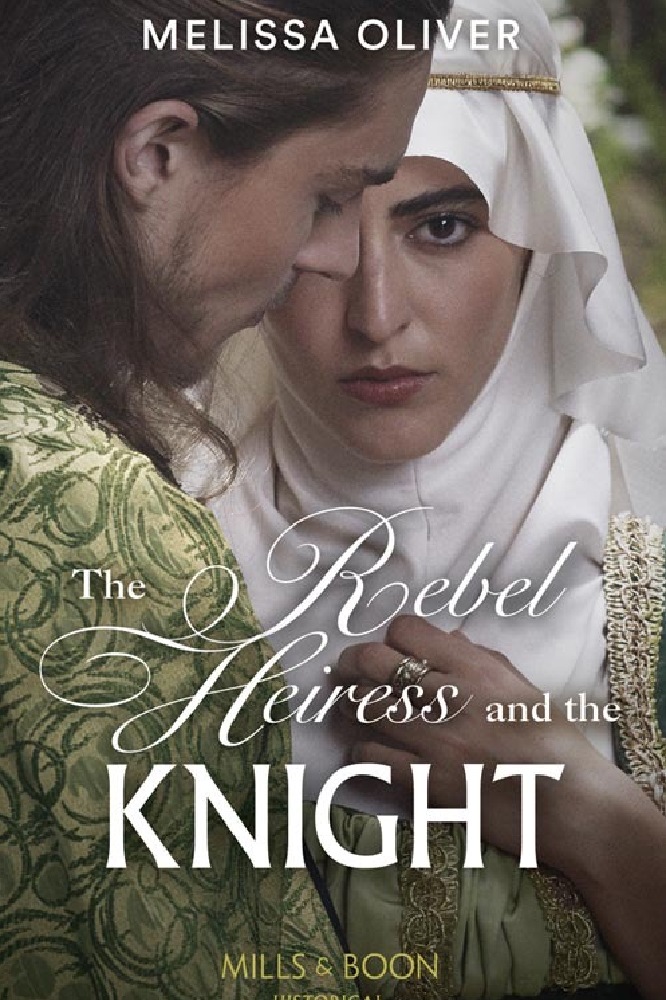Winner of the RNA’s 2020 Joan Hessayon Award, for The Rebel Heiress and the Knight, published by Mills & Boon Historical.

The Rebel Heiress and the Knight
2015 was the 800 year anniversary of the famous signing of the Great Charter of Liberties, better known as the Magna Carta, in Runnymede, Berkshire. Up and down the country exhibitions and commemorations marked this event, as well as a few standout TV programmes that looked into the charter and its influences to this day.
For me, this was an opportunity to visit exhibitions at the British Library, Palace of Westminster and view one of the best-preserved examples of the charter, at Salisbury Cathedral. One thing that struck me was how this very old charter was viewed and what it symbolised in the modern context of liberty.
It got me thinking about how such a charter came to be in the first place and that naturally led me to the turbulent era of King John - a notorious, capricious ruler even by England’s inconsistent standard of kingship and the very man who was forced to sign the charter by his defiant Barons.
The women of this era too were fascinating and quite contrary to the usual banal depictions of medieval women trotted about in art and literature, usually described in terms of consort or mother, and confined as a footnote in history. And yet there were some extraordinary women who lived at this time. Women like Eleanor of Aquitaine (mother to both King Richard and John) who endured marriage at a very young age, had children taken from her, suffered abandonment & imprisonment and yet survived and lived to a ripe old age. Then there was Nicola de la Haye - a formidable woman who defended Lincoln Castle in long sieges successfully during the first Baron’s conflict and was later appointed Sheriff of Lincolnshire by King John.
It was women like this that first gave me the idea for my character Eleanor of Tallany. As I added more and more layers and nuances to her, I knew that she, too, had to be extraordinary to survive and overcome everything that life had thrown at her. She was intelligent, astute and quick-witted and used these effectively as herself and her alter-ego, Le Renard or the Fox, when stealing back silver for her beleaguered people. Yet she also needed to be believable and somehow resonate.
Her perfect foil came in the shape of the pragmatic warrior knight, the gorgeous Sir Hugh de Villers, whom she was forced to marry, and whose character was based on the great William Marshal, a powerful, important figure from that era. Hugh needed to have qualities that would throw Eleanor. Qualities that she had never experienced: kindness, understanding and empathy. He had to be the antithesis of her belief of ambitious men, such as her first husband.
What kept them apart was far more than mistrust or that Hugh was oblivious to Eleanor dissembling as the outlaw he needed to capture, but that they stood on opposing lines when it came to the Baron’s conflict. At the heart of this book are two flawed people who are drawn together with sparks of attraction, despite their differences. It’s a story filled with romance, intrigue, secrets and passion but ultimately of hope.

